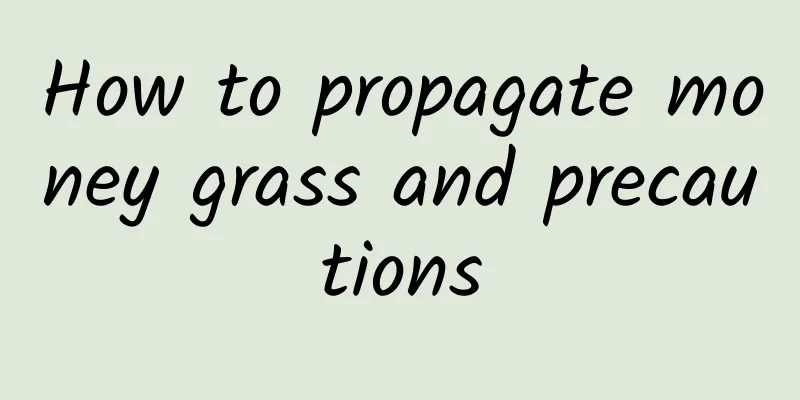How to cultivate pine red plum

|
Pine Red Plum is a small shrub that prefers a warm, humid and sunny environment and is not very cold-resistant. Although the flowers of pine red plum are small, they are bright in color and exquisite in shape, and have high ornamental value. Below, I will introduce the cultivation methods of pine red plum, let’s take a look. 1. Soil The soil requirements of pine red plum are not very strict, but it grows best in slightly acidic soil that is rich in humus, loose, fertile, and well-drained. You can use leaf mold, garden soil and sand to mix and prepare it as planting soil. 2. Watering Pine red plum likes a humid environment and can also tolerate drought. For normal maintenance, just keep the soil moist. During the rainy season, pay attention to drainage to avoid waterlogging in the soil. Increase the frequency of watering in summer, or spray water mist around the plants frequently to increase the relative humidity of the air, but pay attention to timely drainage during the rainy season to avoid root rot due to waterlogging in the soil. 3. Temperature Pine Red Plum likes a cool, humid and sunny environment. The suitable growth temperature is 18℃-25℃, and the temperature must be kept above -1℃ in winter. 4. Lighting Pine red plum is afraid of high temperature and scorching sun, so except for the summer when it needs to be placed in a shade shed, under the shade of a tree or in a cool and ventilated place for maintenance, it should be given sufficient sunlight in other seasons. 5. Fertilization During the growing season of pine red plum, you can apply thin liquid fertilizer every 1-2 months. The liquid fertilizer can be a solution of compound fertilizer or organic fertilizer . Apply organic fertilizer and phosphorus and potassium fertilizer in appropriate amounts. When applying fertilizer, be sure to apply it in small amounts and frequently to avoid burning the roots with concentrated fertilizer. In winter, you can stop fertilizing or reduce the number of fertilization times. 6. Pruning Careful pruning is done once a year after flowering to dwarf the crown, maintain a beautiful tree shape, and encourage the plant to sprout new flowering branches. When pruning, except for some branches that affect the plant shape, other branches should not be pruned away completely. Generally, pruned half or two-thirds of them are sufficient. 7. Pest and disease control Pine red plum is more susceptible to diseases and pests, such as powdery mildew and aphids. During the maintenance process, regular inspections should be carried out to detect and remove pests and diseases in a timely manner. Biological pesticides or chemical pesticides can be used for prevention and control, but attention should be paid to the method of use and concentration. The above is an introduction to the cultivation methods of Song Hongmei. Friends who want to cultivate Song Hongmei can master the above cultivation methods, do a good job of fertilization, prevent diseases and pests in time, and ensure the growth of Song Hongmei.
|
<<: Cultivation method of Daphne odora
>>: Maintenance tips for Brazilian wood
Recommend
When is the best time to plant watermelons?
The timing of watermelon seedling and sowing is u...
What to do if the leaves of Tiger Pilan turn white
1. Sunlight The best place for it is in partial s...
What is the best time to repot azalea? (Pay attention to 4 key points)
The time to repot azalea is generally chosen in s...
What is the difference between rose cuttings and grafting (the advantages of rose cuttings and grafting)
There are four methods for rose propagation: sowi...
The difference between Rainbow Jade Brocade and Rainbow Jade
1. Difference of blades The leaves of the Rainbow...
Do succulents need fertilization? How to fertilize?
We all know that succulents have thick leaves and...
Cultivation methods and precautions of Jilongyue
Moonflower is a succulent that many people like t...
How long does it take for celery to germinate after sowing?
How long does it take for celery to sprout? It ta...
How much does a fortune tree seedling cost and how to plant it
1. Seedling price The price of a money tree seedl...
10 beautiful chrysanthemums, a hot item during National Day, so shocking!
1. Purple Phoenix Peony 2. Panlong Magnolia 3. Ga...
When is the right time to repot the fairy finger (Precautions and techniques for repotting the fairy finger)
When is the best time to repot the fairy finger? ...
What are the signs of cycad flowering?
Cycad flowering is relatively rare The flowering ...
Best time for high pressure breeding
1. Best time The best time for high-pressure prop...
This flower is shade-tolerant and cold-resistant. If you cut the branches and put them in a vase, it will bloom in 3 days. Relatives and neighbors are scrambling to get it!
Holly North American holly has been extremely pop...
How to grow Kalanchoe to make it bloom
1. Soil Because it likes loose and breathable soi...









